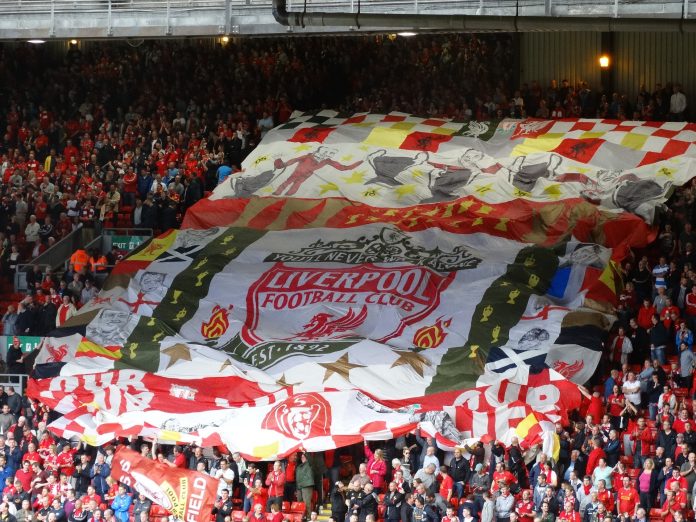One-nil down with thirty seconds to go of the football match hearts in the crowd beat a little faster as the goalkeeper charges up the field to stand with his teammates for the final corner. Perhaps he will help them score and level the game? It’s a common scenario in soccer and one I think should be taken to a far greater extreme.
We as humans tend to arrange our society into silos. We close our experts off in academic towers to debate amongst themselves, while top Champions league football coaches would never be considered to be good enough to coach a rugby side and tricks sound engineers use for clarity for rock bands in dirty pubs seldom make their way to theatres. All this is a shame as simply casting our eye outside of our closed communities to things others are doing is an easy way to learn, and often, to dramatically improve our own fortunes within our silo.
Such is the case with football’s, “goalie at the corner”.
In the sport of ice hockey, a game very similar to football in its aims and set up it is, in the dying minutes, very common to see the coach, “pull the goalie”; that is to say replace the goalkeeper with an attacking player. Generally, this switch occurs with about one or two minutes to go; a last-ditch attempt to even the game for a losing team. It’s just the way the sport is played.
Recently two Canadian professors David Beaudoin and Tim B. Swartz took it upon themselves to analyse this ice hockey tradition to see if it is the right choice and if so when one should optimally pull the goalie.
Using past results and mathematical equations the team quickly showed that a team trailing by 1 goal with 10 seconds to go has a 0.65% chance of tying the game with their goalie in place; but that this chance rises to 1.97% if the team pulls its goalie.
They cautioned that pulling the goalie is shown to be a more than twice as likely to result in a goal against you than one for you, but added that the difference between losing by two goals as opposed to one is way less impactful on final season standings than the extra log points you can score should you succeed in equalising the game.
With both these concepts in mind, they then set about working out just when was the right time for a team to pull their goalie off the ice to replace him with an attacking player and the results were astounding. The answer the researchers came up with was that coaches who are 1-0 down should pull their goalie when there are still a massive six minutes and 10 seconds to go in the game — in other words, about three times earlier than teams typically do so.
When down two goals, the mathematicians said, it pays to pull the goalie with 13 minutes to go if you want to draw the game and rescue a point.
Now hockey is a six-player game, meaning the impact of one player on the goal line is probably much more significant than it would be in football, but the fact that this is a well-established practice in one sport, and not even considered in another very similar one is bizarre.
The maths has been done. Over a season hockey teams that pull their goalie as above will stand, on average to make three extra points a season. Ask yourself, what might have happened last year if Liverpool had allowed themselves to look outside of their silo to ice hockey for inspiration and pulled the goalie. And even if you think they wouldn’t have benefitted (I mean how many more points could they possibly have won?) there are any number of teams who may have seen their standings improve.
Take a look at the table below and see how many teams could have benefitted from an extra three points. Cardiff certainly could have. Think outside your silo.



